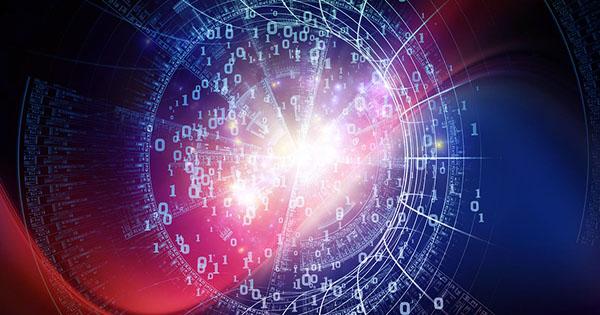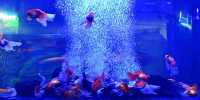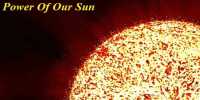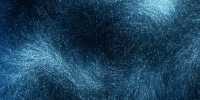Big means are not always good but there may be some physics detector exceptions that confirm the rules. Especially if the goal is to detect elusive particles like neutrinos or hypothetical particles like dark matter. There have been some exciting developments to that end recently. According to the observations of the universe, the things we can see and interact with makeup only one-sixth of all the matter in the universe. “Dark Matter”, the so-called because it does not interact with light, creates the rest. There are many speculations about what Dark Matter is, but there is no certainty.
The Darwin-LUX-Zeppelin collaboration, which conducted the biggest experiment on the discovery of dark matter, has just announced that they have teamed up to create a new, massive next-generation detector. Sophisticated xenon-based detectors are currently responsible for detecting such substances as the Lux-Zeppelin and XNNT / Darwin tests. They will both begin their first science-run collection this year, hoping to finally find direct evidence that dark objects really do exist.
Xenon is a noble gas, and in its liquid form, it is used as a detector because it interacts with very few things in the universe. Detectors are designed to detect light flashes that suggest that another particle hits a xenon atom and can then reveal the type of interaction that occurred. Current experiments use 7.0 and 5.9 tons of liquid xenon, respectively. The predecessors of these experiments were able to reduce the range of possibilities related to dark matter instead of just confirming its evidence. XENON1T has seen some titling signals but not enough to make an accurate discovery. It did, however, observe a rare event recorded which was quite exciting.
The next-generation multi-ton xenon detector has been designed in collaboration with Darwin and Lux-Zeppelin and will be built larger and more sensitive than the current one. And it will not only look for dark objects but also study neutrinos from the sun and other cosmic sources. Although this new detector is still just an idea, another new construction has begun. Hyper-Kamiokande, located in Japan, is a next-generation neutrino detector and our understanding of the universe is expected to grow dramatically from 2027 onwards.
















